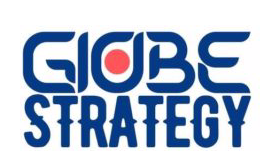Tag: global organisations
Radical wisdom for a company, a school, a life
How to run a company with (almost) no rules
The organisation with no rules
This page curates resources around SEMCO, a Brazilian company that has a radical organisational structure. Founded by Richardo Semler⊕, the company is now known as SEMCO partners⊕.
Ricardo Semler (born 1959 in São Paulo) is the CEO and majority owner of Semco Partners, a Brazilian company best known for its radical form of industrial democracy and corporate re-engineering.
Resources
A case study on SEMCO and its non–competitive strategies⊕
The radical boss who proved that workplace democracy works⊕
Podcasts/Talks
Radical wisdom for a company, a school, a life⊕
How to run a company with (almost) no rules⊕
Leading by Omission⊕
Challenges of the Global Brewery Industry
The brewery industry has specific characteristics that make it worthy of a detailed analysis. It is an industry that: a) has adopted similar technologies globally, b) offers a homogenous product (although differentiated by brand), c) is dominated by a few large multinational corporations (MNCs) and d) is highly internationalized.
Global Strategy and Organization
Companies today confront an increasing array of choices regarding markets, locations for key activities, outsourcing and ownership modes, and organization and processes for managing across borders. This course provides students with the conceptual tools necessary to understand and work effectively in today’s interconnected world by developing strategic perspectives that link this changing environment, the state of the global industry, and the capabilities and position of the firm.
The goal of this subject is to provide the foundations for taking effective action in the multi-layered world of international business. The first section of the course provides frameworks for identifying and taking advantage of the opportunities presented in a dynamic global environment at the level of the country and industry. The second section of the course focuses on firm-level strategic choices regarding where to engage in which activities. The third section focuses on the challenges of integrating the multiple perspectives, functions, and interests that constitute the multinational firm.



